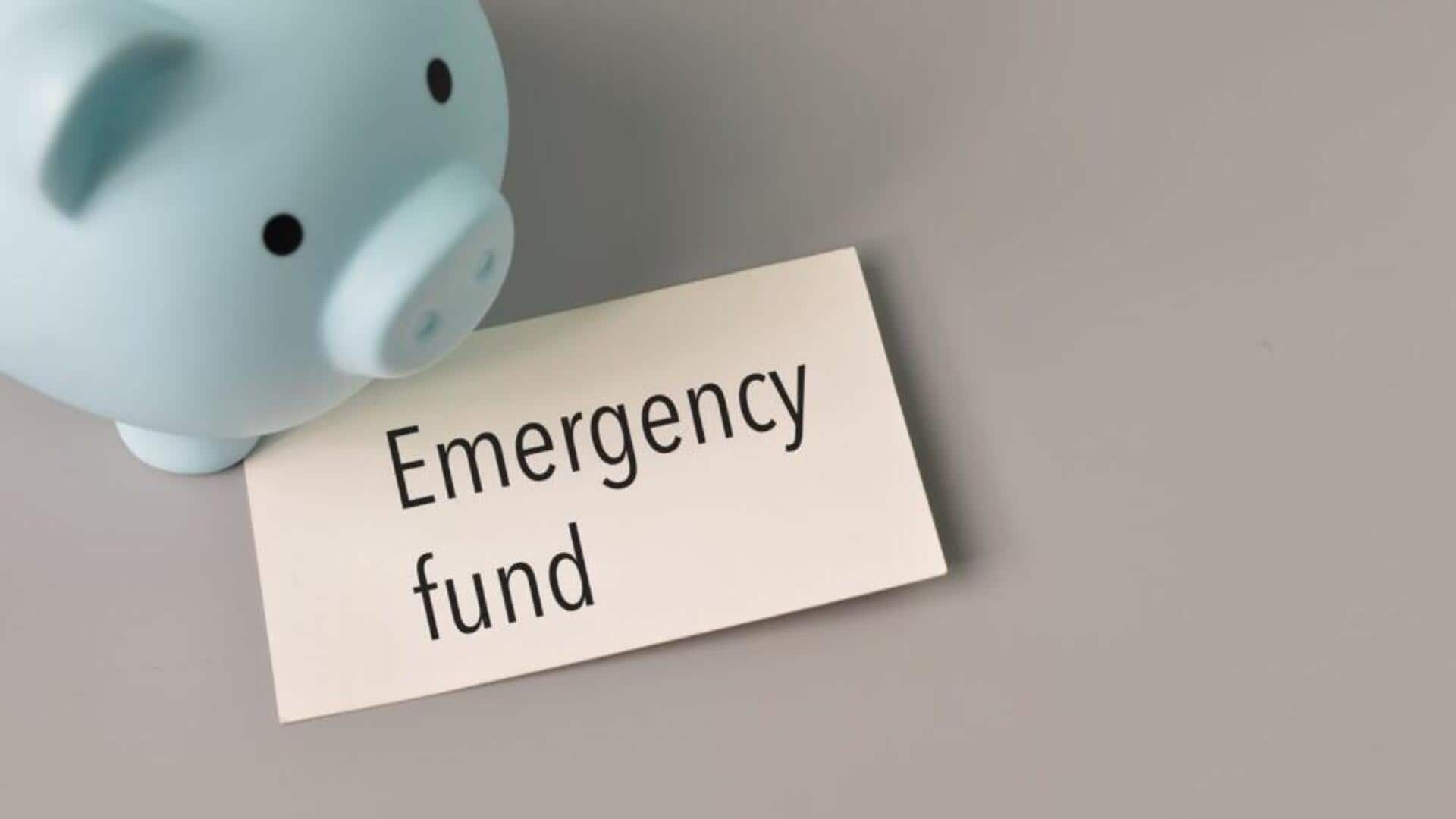
5 tips to create a robust emergency fund
What's the story
An emergency fund is a financial safety net that can help you navigate unexpected expenses without derailing your financial stability.
Building this fund requires careful planning and disciplined saving.
By following a structured approach, you can ensure that you're prepared for unforeseen circumstances like medical emergencies or sudden job loss.
Here are five practical steps to help you prepare an effective emergency fund.
Tip 1
Determine your savings goal
The first step to prepare an emergency fund is to decide how much money you need to save.
A common recommendation is to have three to six months' worth of living expenses in the kitty.
Calculate your monthly expenses, from rent and utilities to groceries and other essentials, and multiply by the number of months you want your fund to cover.
You'll have a clear target.
Tip 2
Open a separate savings account
To avoid the temptation of dipping into your emergency funds for non-emergencies, open a separate savings account dedicated solely to this purpose.
Look for accounts with no fees and competitive interest rates so your money can grow over time.
Keeping these funds separate from your regular bank account helps maintain discipline, and ensures the money is available when truly needed.
Tip 3
Automate your savings
Automating your savings can make building an emergency fund easier and more consistent.
Set up automatic transfers from one account to your dedicated savings account each month, or whenever you receive income.
Even small amounts add up over time, making it easier to reach your goal without having to think about it constantly.
Tip 4
Cut unnecessary expenses
Reviewing and cutting unnecessary expenses can free up additional funds for saving toward emergencies.
Analyze monthly spending habits and identify areas where costs can be reduced or eliminated entirely.
Focus on subscriptions not being used or dining out frequently. Then, redirect those savings into building the emergency reserve instead.
Tip 5
Regularly review and adjust your fund
Once you've set an initial emergency fund goal according to your needs, review its adequacy regularly as your situation changes over time.
These changes could be shifts in income levels or family size.
Adjust accordingly if needed by increasing contributions till you reach the desired coverage again.
Stay flexible within budgeting constraints throughout this process, too.